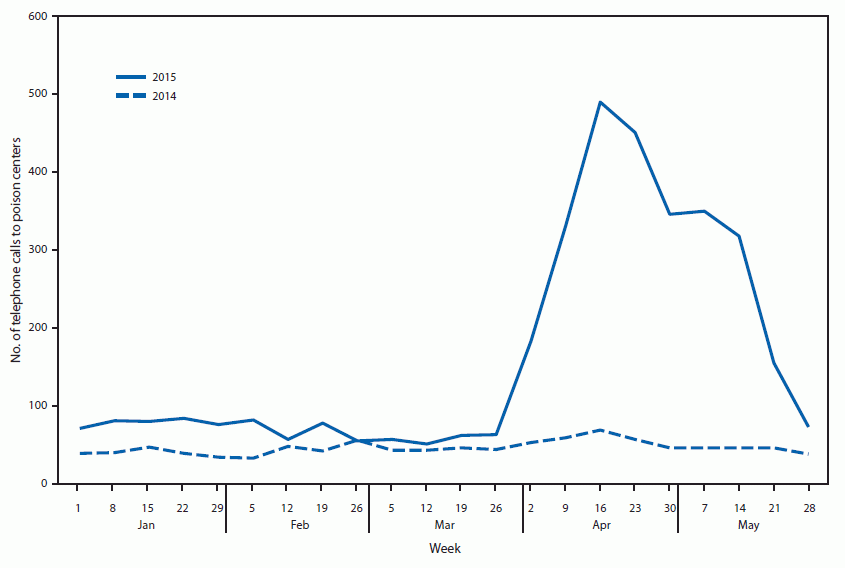Dangerous 'Spice' Drugs Fuel Deaths, Spike In Emergency Calls, CDC Says

It often goes by the relatively innocuous street name “spice,” a nickname that belies the potency of a recreational drug that contributed to the deaths of 15 people in the first five months of 2015. That death toll was three times the number of spice-related deaths during the same period in 2014, while phone calls made to U.S. poison control centers about spice tripled over the same period as well, according to data released Thursday by the U.S. Centers for Disease Control and Prevention.
During the first five months of 2015, poison control centers in the U.S. received 3,572 phone calls related to spice, compared to 1,085 made during the same period in 2014. April 2015 was a particularly severe month, with 1,501 phone calls received regarding spice.

Agitation, a rapid heartbeat, lethargy, vomiting and confusion were the most common side effects from using the drug, the CDC said. Data from the phone calls suggested that people over the age of 30 were significantly more likely to have a more severe reaction to spice than teenagers.
Spice belongs to a class of drugs known as synthetic cannabinoids or synthetic marijuana, which are a combination of herbal materials that, when smoked or ingested, are supposed to mimic the high of genuine marijuana. As a result, the synthetic version is often described as “fake weed,” which drug experts consider a misnomer. It comprises a chemical compound that is sprayed onto herbs or other plant material, and it can be purchased easily and cheaply at gas station and convenience stores, packaged under a variety of nicknames, including K2 and black mamba.
The spike in spice-related emergency phone calls and deaths were a sign that the U.S. needs “enhanced efforts to remove these products from the marketplace,” the CDC said, because synthetic cannabinoids pose a growing threat to public health.
Although some of the chemical formulas for the compounds used in manufacturing spice are classified as illegal, producers of these chemicals, who are often in China, are typically one step ahead of law enforcement. Every time one chemical structure is classified as illegal, producers merely have to tweak it slightly to skirt the law. As spice comes under increasing scrutiny in the United States, lawmakers have begun considering new ways to curb the drug by focusing on sales and distribution rather than production.
© Copyright IBTimes 2025. All rights reserved.






















